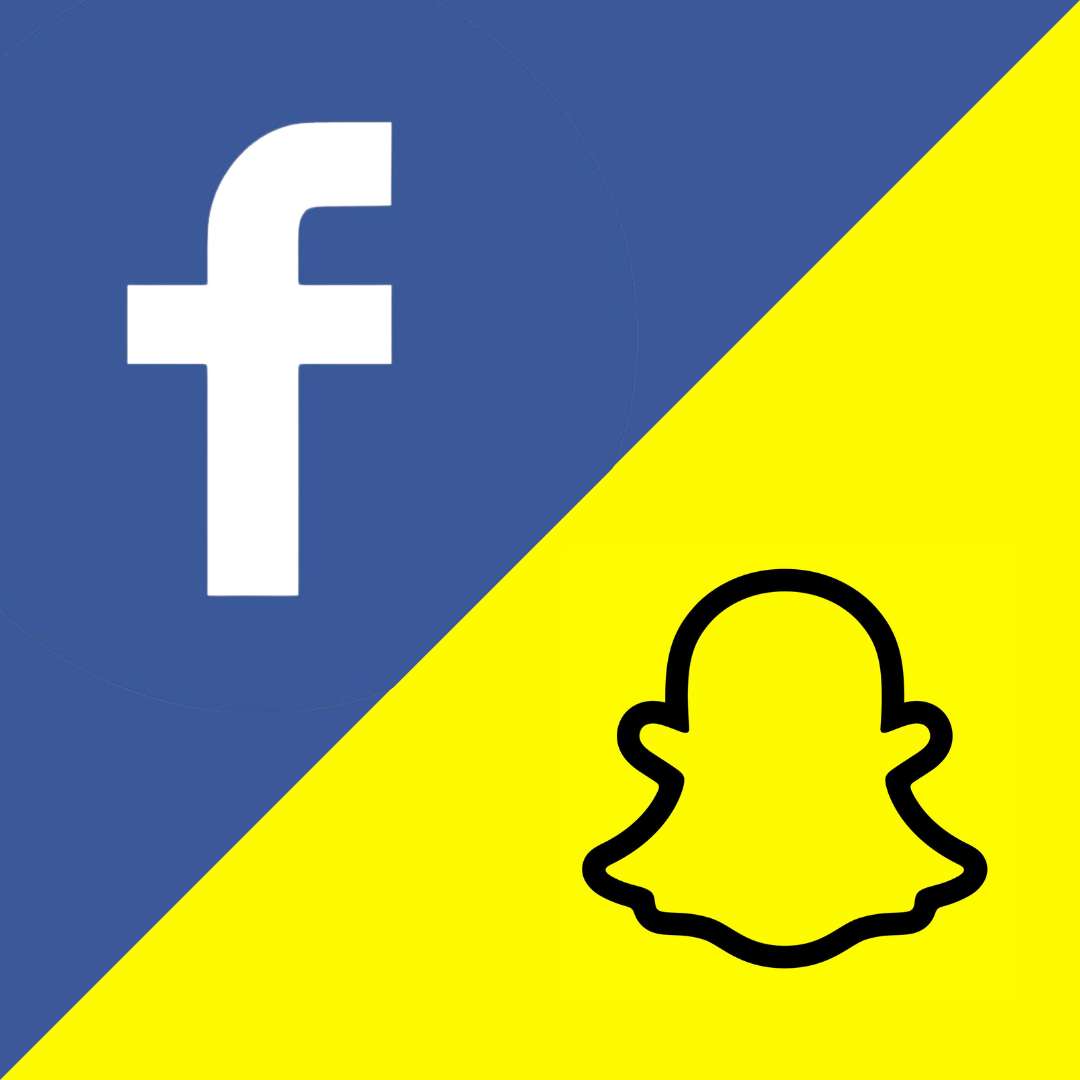When it comes to social media, the rivalry between Facebook vs. Snapchat stands out as one of the most fascinating in the digital world. These two platforms, each with its own unique charm and target audience, have shaped how people interact online. In this article, we’ll break down the major differences and competitive tactics of Facebook vs. Snapchat, giving you a clearer picture of how these social media giants stack up against each other.
The Evolution of Facebook and Snapchat
The story of Facebook vs. Snapchat is a tale of two very different beginnings. Facebook, launched in 2004 by Mark Zuckerberg, quickly became a social media titan. Its wide range of features—from status updates and photo sharing to event planning and marketplace transactions—made it a go-to platform for users of all ages.
Snapchat, which debuted in 2011, took a different approach. Created by Evan Spiegel, Bobby Murphy, and Reggie Brown, Snapchat introduced a novel concept: ephemeral messaging. The idea that photos and messages disappear after being viewed struck a chord with younger users who craved a more spontaneous way to communicate. This fresh take on social media set Snapchat apart from its competitors.
Key Features and User Experience
In the battle of Facebook vs. Snapchat, the user experience is where these platforms show their differences. Facebook offers a comprehensive suite of tools. Whether you’re posting updates, sharing photos, watching videos, or participating in groups, Facebook provides a versatile platform that caters to a wide range of interests and needs. Its advertising options are also robust, offering everything from sponsored posts to targeted ads that reach users based on their behavior and interests.
Snapchat, however, is all about innovation in user experience. The platform’s core features include Stories, which let users share moments that disappear after 24 hours, and AR Lenses, which offer fun, interactive ways to enhance photos and videos. Snapchat’s focus on creativity and real-time sharing makes it a favorite among younger users who enjoy engaging, visually rich content.
Demographic Targeting and Market Reach

When comparing Facebook vs. Snapchat, demographics play a crucial role. Facebook’s broad user base spans multiple age groups, making it an ideal platform for advertisers looking to reach a diverse audience. Its ability to connect with users of various ages makes it a versatile tool for brands and marketers.
Snapchat, on the other hand, attracts a younger crowd, particularly Gen Z and Millennials. With a significant portion of its users under 35, Snapchat tailors to those looking for a more transient and engaging social media experience. This focus on younger users allows Snapchat to create content and advertising strategies that resonate deeply with this demographic.
In the Facebook vs. Snapchat conflict, understanding these demographic differences can help businesses tailor their marketing efforts to effectively reach their target audience.
Advertising Strategies and Monetization
The advertising landscape is another key area in the Facebook vs. Snapchat rivalry. Facebook’s advertising model is well-established, offering a range of formats such as display ads, video ads, and carousel ads. Its detailed targeting options allow advertisers to zero in on specific user groups based on their interests, behaviors, and locations. This precision makes Facebook a powerful platform for driving brand visibility and engagement.
Snapchat’s advertising approach is more about creativity and interaction. The platform offers unique ad formats like Snap Ads, Story Ads, and AR Lenses. These formats not only capture attention but also encourage users to engage with the content in a playful, immersive way. Although Snapchat’s user base is smaller compared to Facebook’s, its innovative ad features help brands stand out and connect with users in a memorable way.
The Facebook vs. Snapchat advertising competition highlights how each platform’s approach to monetization and user engagement can influence brand strategies and campaign success.

Technological Innovations and Future Trends
Technology is a major factor in the Facebook vs. Snapchat rivalry. Facebook has been investing heavily in expanding its platform, with features like Marketplace, Watch, and Gaming. The company’s acquisition of Oculus VR also reflects its interest in virtual reality, signaling a push toward more immersive digital experiences.
Snapchat has made its mark with ground-breaking AR technology. Its filters and lenses have set the bar for interactive content, offering users a fun and creative way to enhance their photos and videos. Snapchat’s commitment to AR showcases its strategy of differentiating itself through innovation and user engagement.
Looking ahead, both platforms are likely to continue developing their technologies. The Facebook vs. Snapchat rivalry will probably drive advancements in areas like AI, AR, and VR, as each platform seeks to maintain its competitive edge and enhance user experiences.
Competitive Strategies and Market Position
The competitive strategies of Facebook vs. Snapchat reveal their different approaches to staying ahead in the market. Facebook’s strategy involves expanding its ecosystem through acquisitions and new features. By integrating platforms like Instagram and WhatsApp, Facebook has broadened its reach and diversified its offerings.
Snapchat, meanwhile, focuses on innovation and uniqueness. Its constant introduction of new features and creative tools helps it maintain a distinct position in the social media landscape. Snapchat’s emphasis on ephemeral content and interactive experiences allows it to stand out from the competition.
The Facebook vs. Snapchat rivalry illustrates how varied strategies can shape a platform’s market position and influence its success.

Impact on Users and Society
The effects of the Facebook vs. Snapchat rivalry extend beyond just the platforms themselves. Facebook’s extensive reach has made it a central hub for online interaction, influencing everything from social connections to news consumption. Despite its benefits, Facebook has faced criticism over issues like privacy and misinformation.
Snapchat’s influence is seen in how it has changed social media trends, particularly among younger users. Its focus on ephemeral content and AR has reshaped online communication, offering a fresh perspective on how people share and interact.
In the Facebook vs. Snapchat rivalry, each platform’s impact on users and society highlights their unique contributions to the world of social media.
Conclusion
The competition between Facebook and Snapchat provides an interesting perspective on how various social media approaches can influence user experiences and market dynamics. Facebook’s broad, feature-rich platform and Snapchat’s innovative, ephemeral content both play important roles in the social media ecosystem. Understanding the differences and strategies behind these platforms can help businesses and users navigate the ever-changing world of social media.
As both platforms continue to develop, the Facebook vs. Snapchat competition will likely drive further innovation and differentiation. For anyone involved in digital marketing or social media, keeping an eye on this rivalry is essential for staying ahead in the dynamic social media landscape.







